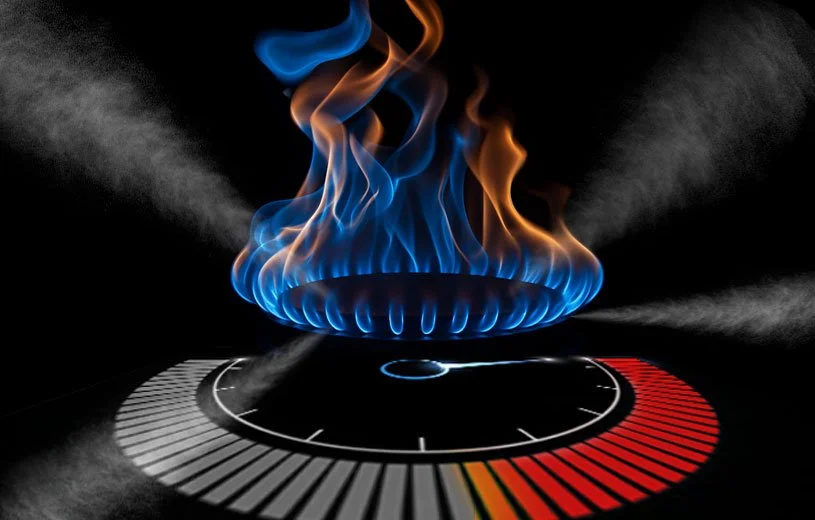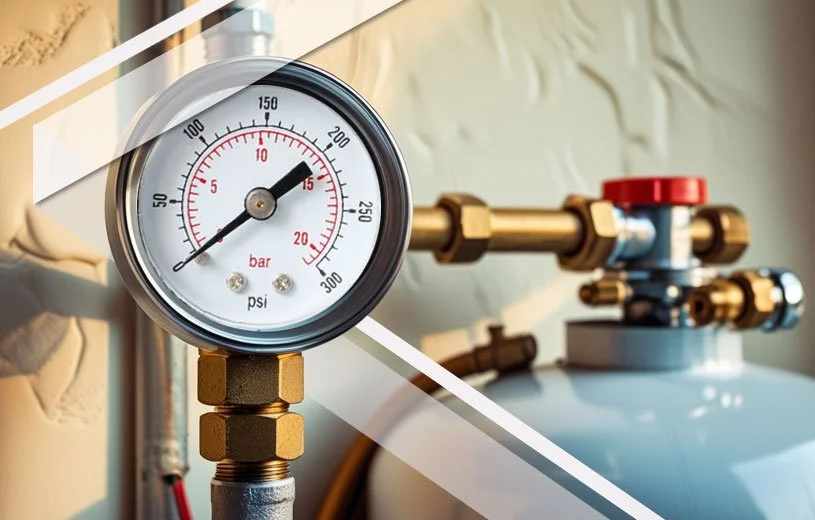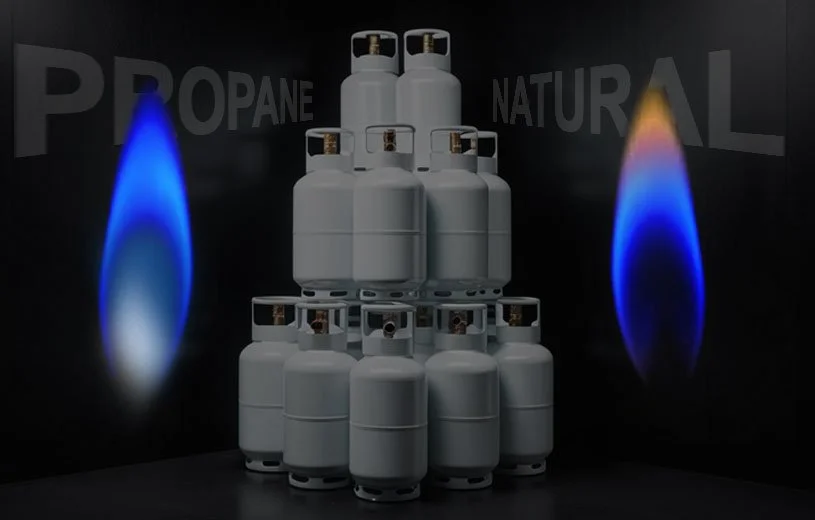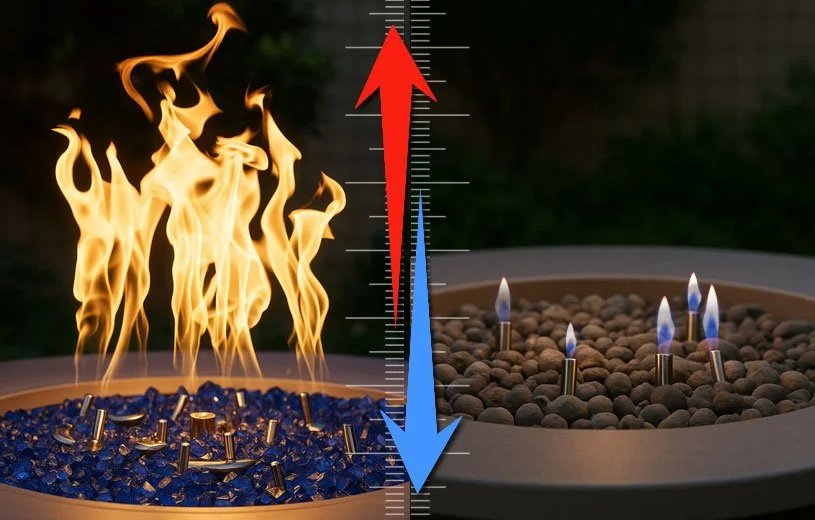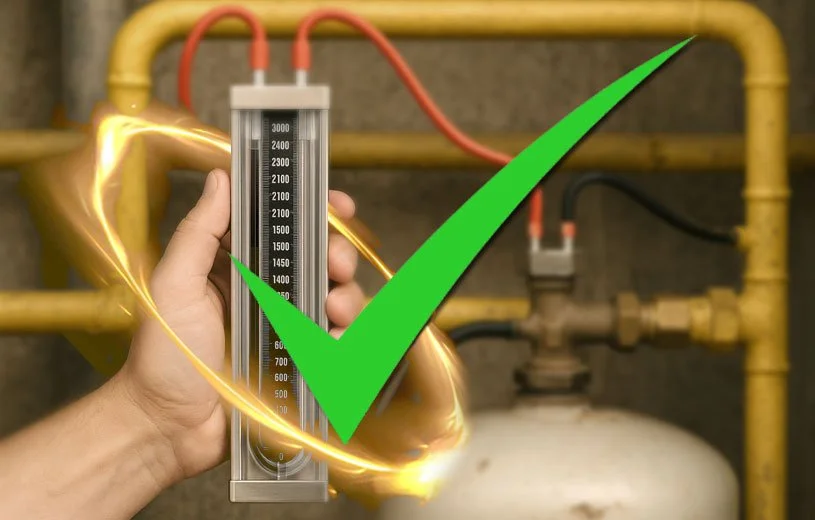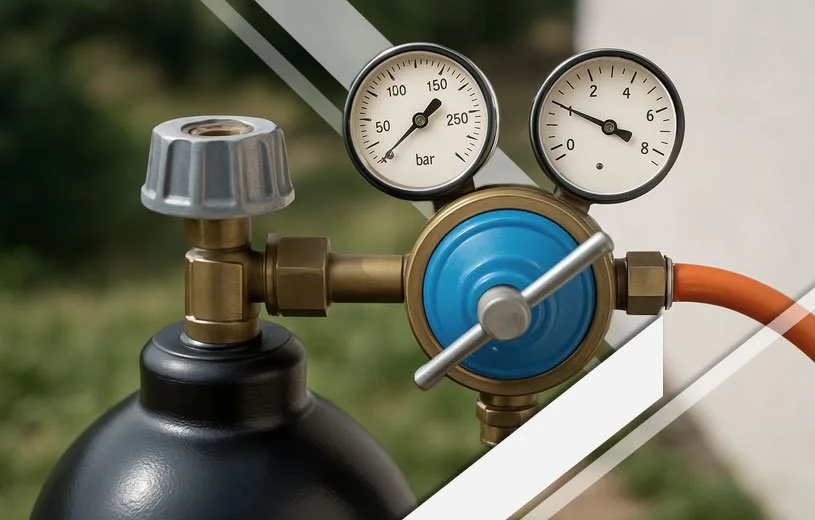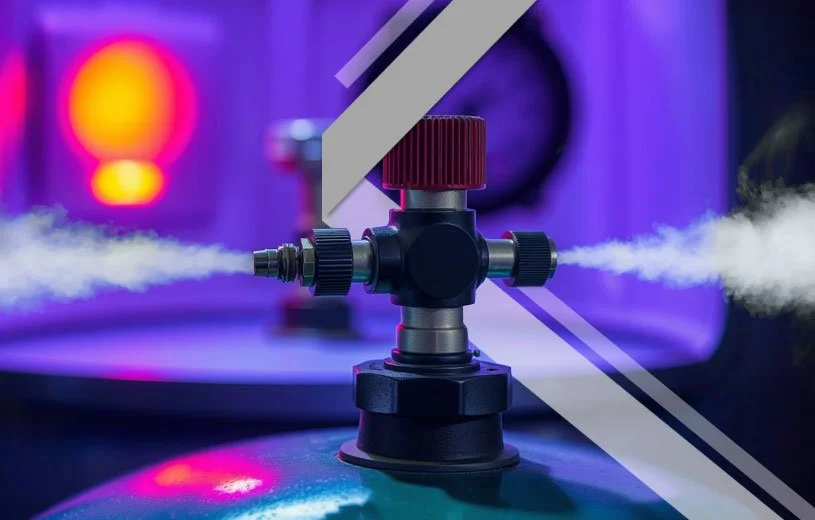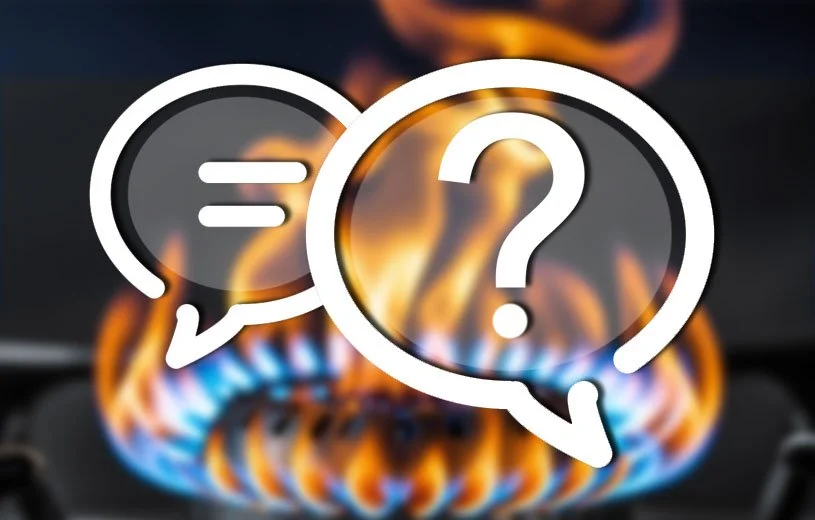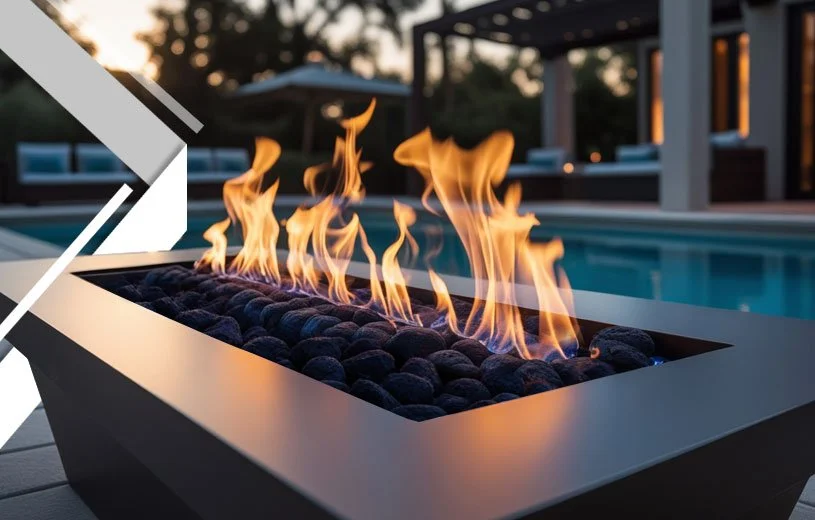Gas Pressure: The Secret to Perfect Fire Features
Gas Pressure Basics: Why Too Much or Too Little is a Big Deal
Gas Pressure Basics: Why Too Much or Too Little is a Big Deal
If there’s one thing I’ve learned over the years, it’s that fire features love balance—not just in style but in function, too. And when it comes to gas pressure, balance is everything. Get it right, and your fire feature rewards you with warm, dancing flames. Get it wrong, and you might end up with a weak, sputtering flame or a fire that roars like a jet engine (not ideal unless you're launching rockets).
So today, let’s talk about gas pressure basics, because, as glamorous as fireplaces and fire pits look, they’re nothing without the science that keeps them running safely and efficiently.
What is Gas Pressure, and Why Should You Care?
What is Gas Pressure, and Why Should You Care?
Gas pressure is simply the force that gas exerts on the walls of its container—whether that’s a gas line, a meter, or a fire feature itself. Think of it like water pressure in your plumbing. Too little, and your shower trickles; too much, and, well, let’s just say you might get an unplanned power wash.
When dealing with gas appliances, pressure must be just right. If it’s too high, the system can overwork itself, causing loud noises, humming valves, and flames that shoot way too high. If it’s too low, the flames can be tiny, inconsistent, or even fail to stay lit.
So, how do we measure gas pressure? With a manometer. This handy tool reads gas pressure in inches of water column (WC) or millibars (MB). The most common residential gas pressures fall into predictable ranges—but getting them right takes some know-how.
Natural Gas vs. Propane: Pressure Differences Matter
Natural Gas vs. Propane: Pressure Differences Matter
One of the biggest misconceptions I hear is that natural gas and propane work the same way. They don’t. While they both fuel fire features beautifully, their pressure requirements are quite different.
Here’s how it works:
Natural gas is usually supplied at ¼ lb of pressure (7” WC), even though many call it ½ lb pressure for simplicity.
Propane, on the other hand, starts at a much higher pressure when leaving the tank—around 56” WC or 2 lbs. This is way too high for appliances, so it must be reduced using a regulator before reaching the fire feature.
A typical residential propane setup reduces the pressure down to 14” WC (½ lb) at the appliance.
So, if you’re wondering why a natural gas fire feature and a propane one don’t behave the same way and look, it often comes down to these pressure variations.
Natural Gas vs. Propane: Pressure Differences Matter
Natural Gas vs. Propane: Pressure Differences Matter
I wish gas features came with a "Goldilocks" setting, but sadly, there’s no magic switch to make gas pressure "just right" on its own. Let’s break down what happens when things go sideways.
1. Too High Gas Pressure – Fire Feature Overload
Ever heard a fire feature hum or chatter? That’s usually a gas valve under stress from too much pressure. It can also lead to:
✅ Flames that are way too tall (cool for photos, not for safety).
✅ A roaring, jet-like noise instead of a cozy flicker.
✅ Potential damage to the gas valve itself.
Fix: Install a regulator to bring that pressure under control.
2. Too Low Gas Pressure – Where’s the Fire?
If your fire feature is looking… uninspired, low pressure might be to blame. Symptoms include:
❌ Tiny flames that struggle to stay lit.
❌ Pilot flames shrinking or flickering out.
❌ Constant dropouts, where the fire turns off unexpectedly.
Fix: Check your gas line pressure before installation and adjust accordingly.
Gas Pressure Ranges: What’s "Just Right"?
Gas Pressure Ranges: What’s "Just Right"?
For most fire features, these are the optimal gas pressure ranges to aim for:
Optimal gas pressure ranges
Why a Regulator is NOT Optional
Why a Regulator is NOT Optional
I’ve seen too many cases where a regulator wasn’t installed, and the results were… let’s just say less than ideal. Here’s why regulators matter:
✔ They reduce high-pressure propane or natural gas to a safe level.
✔ They prevent loud noises, humming, and excessive flame heights.
✔ They help maintain stable, consistent flames even in colder temperatures.
✔ Most are adjustable, meaning you can fine-tune the gas pressure for optimal performance.
Simply put, if your fire feature is acting up, the pressure might be the culprit—and a regulator is usually the answer.
What is Gas Pressure? The Invisible Force Behind Your Flames
What is Gas Pressure? The Invisible Force Behind Your Flames
Let’s take a moment to talk about something we can’t see but absolutely depend on—gas pressure. If you’ve ever wondered why your fire feature burns bright and strong or struggles to stay lit, the answer is almost always in the pressure.
So, what exactly is gas pressure?
Think of it like this: Gas molecules are constantly in motion, bouncing around at high speeds, colliding with everything in their path—each other, the inside of the gas line, and the walls of the container they’re in. Every time they hit a surface, they exert force. Now, multiply that by billions and billions of tiny collisions happening every second, and you’ve got gas pressure—the force of these microscopic collisions distributed over a surface (like the inside of a gas pipe or burner).
This force is what pushes the gas through your fire feature’s burner system, allowing it to ignite and create those mesmerizing flames we all love. Without the right pressure, the gas either struggles to reach the burner (resulting in weak flames or flame dropouts) or rushes in too aggressively, turning your peaceful fire pit into a mini rocket launch.
Little-Known Facts About Gas Pressure
Little-Known Facts About Gas Pressure
Gas pressure fluctuates with temperature. Cold weather makes propane vaporize slower, which can reduce pressure and cause weak flames.
Water column measurement isn’t actually water. The term "inches of water column" comes from an old-school way of measuring pressure using a tube filled with—you guessed it—water.
Low gas pressure doesn’t mean you’re out of gas. Sometimes, a clogged gas line or malfunctioning regulator is the real problem.
Too much pressure can cause "blow-off." If the flame keeps getting pushed away from the burner, it might mean the pressure is too high for proper combustion.
Pilot flames shrink when pressure is low. If your pilot keeps going out, check the gas pressure before replacing any parts!
Pressure Makes Perfect
Pressure Makes Perfect
Gas pressure might not be the most glamorous topic, but it’s one of the most important when it comes to fire features. If the flames aren’t behaving, checking the gas pressure should be step one before assuming something is wrong with the unit itself.
Remember: too high, and you risk damage; too low, and the fire won’t stay lit. Getting the right balance is the key to a safe, beautiful, and long-lasting fire feature.
So, before you light that next cozy fire, check your pressure—your fire feature will thank you for it!

